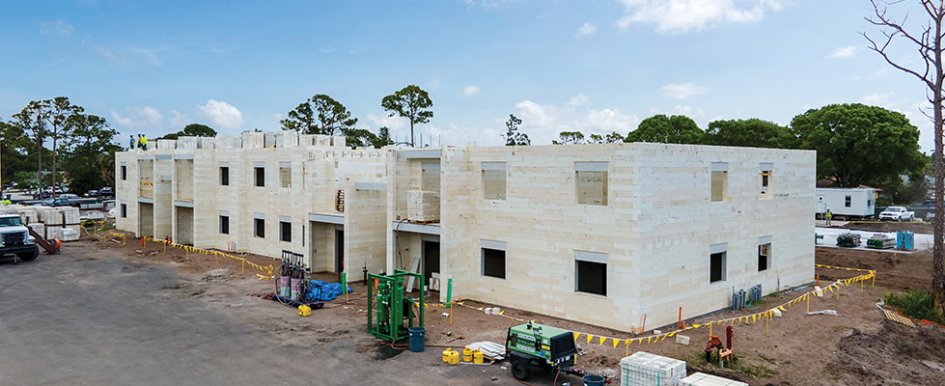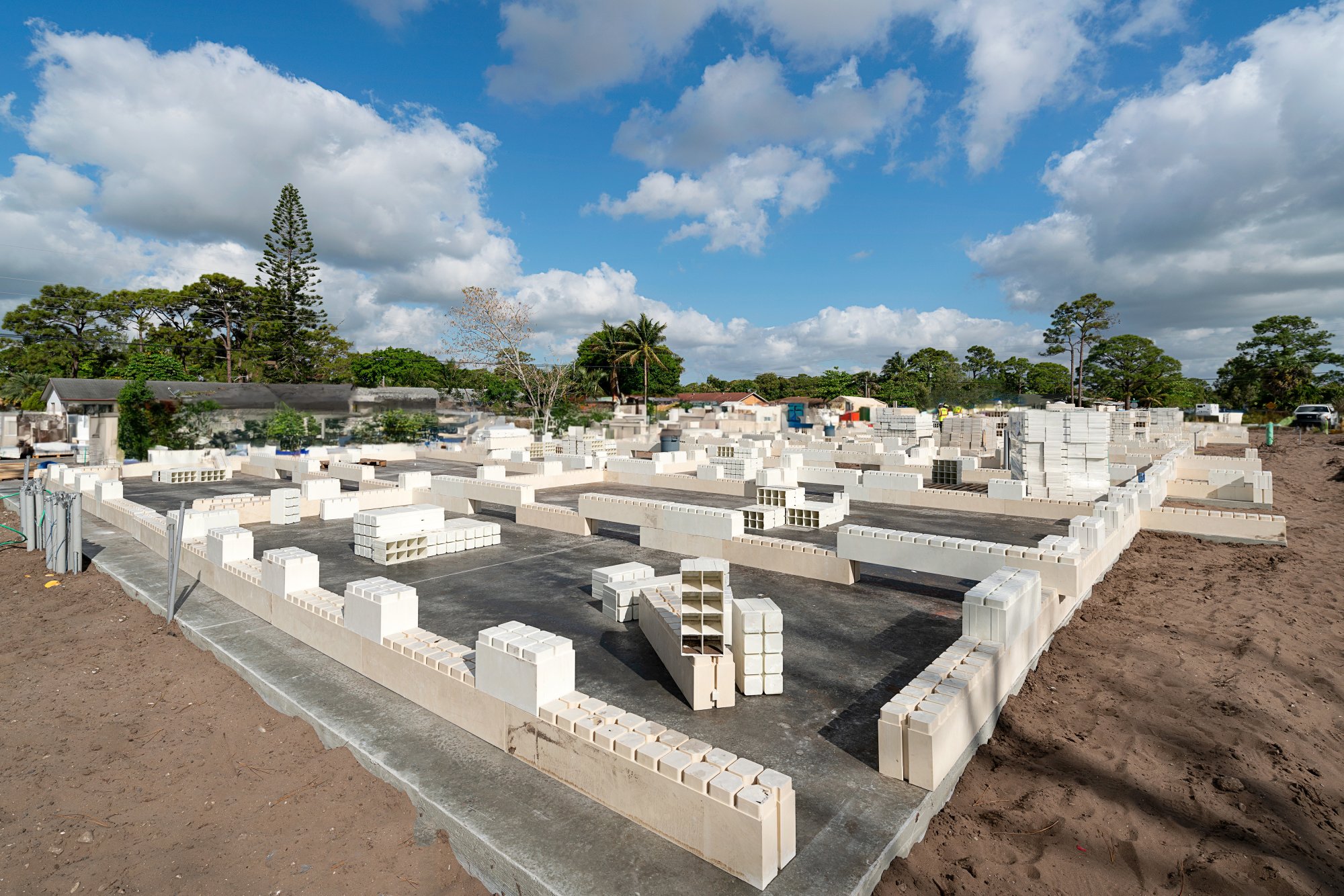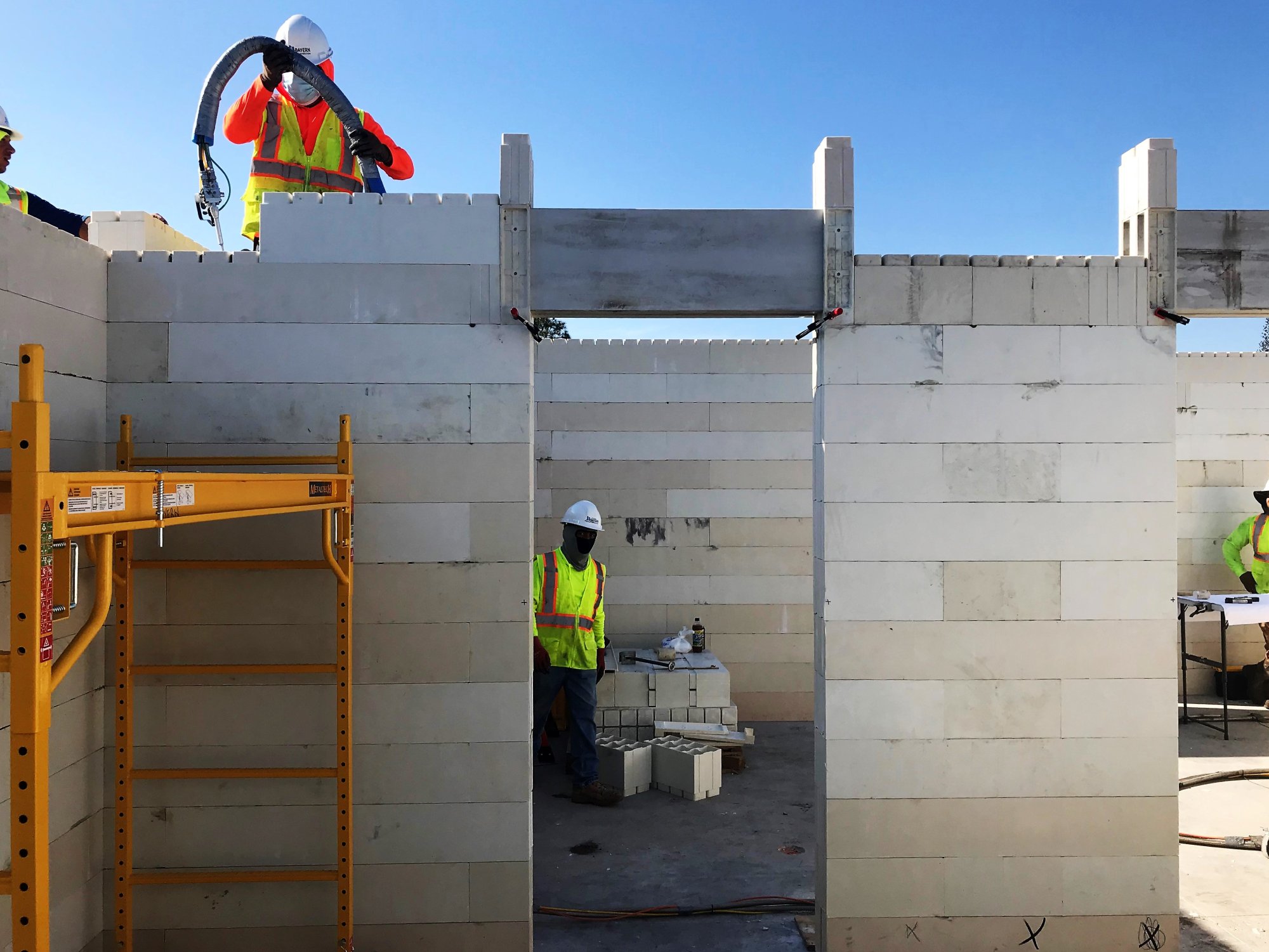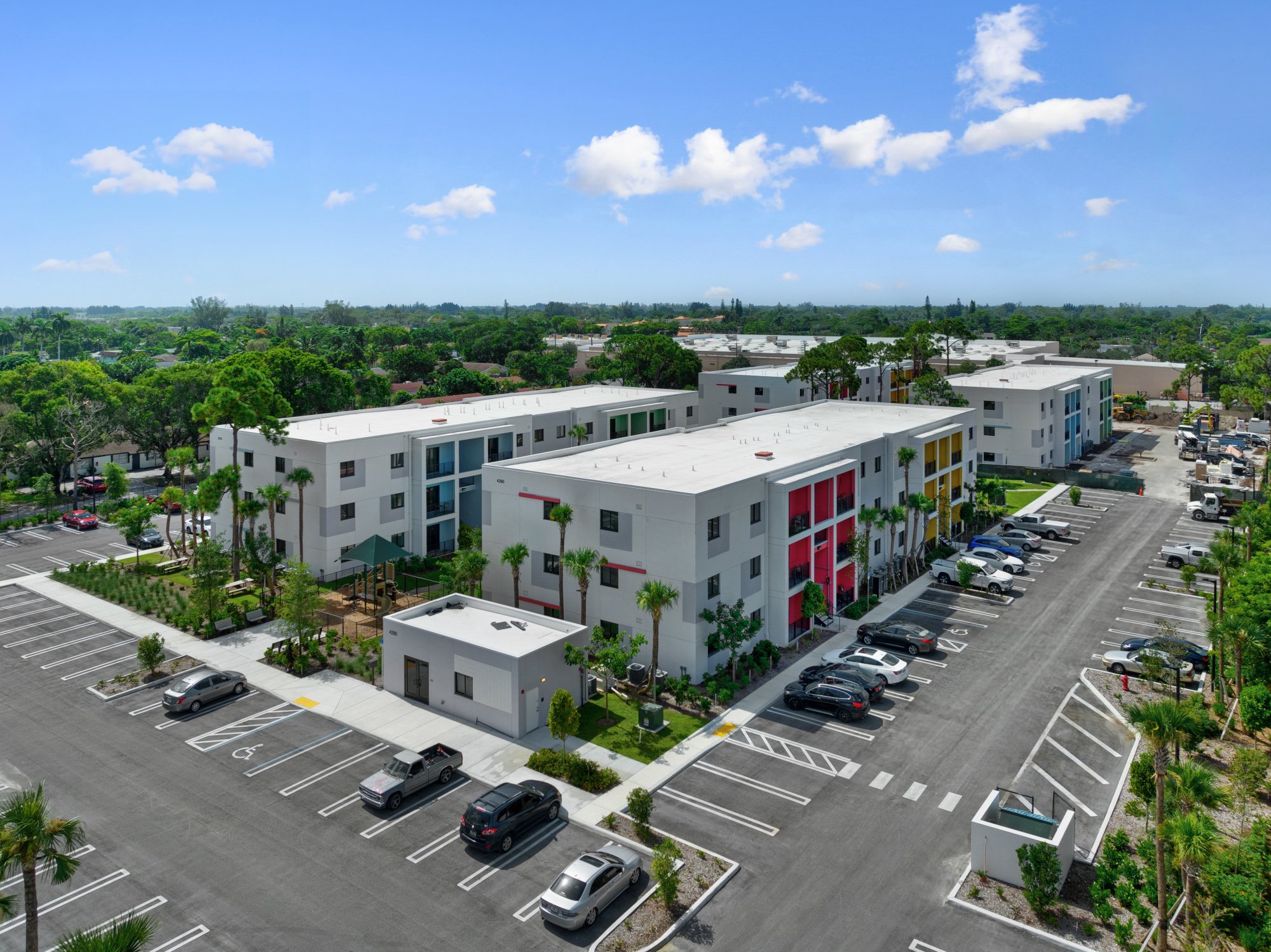
Imagine a construction site with no overflowing dumpsters, no heaps of discarded materials and no loud, energy-consuming machinery. Instead, envision a place where every piece fits perfectly, like a life-sized Lego kit, creating structures that are not only strong but also green. This vision is becoming a reality at certain innovative construction sites today.
More Demand for Greener Ways to Build
After spending my career in the construction industry, I am venturing into an entirely new way to build as the industry calls for more sustainable construction.
According to Forbes, a recent global survey of 1,000 executives across various sectors found that the engineering and construction industries are leading in sustainability efforts during the design phase, with 47% prioritizing sustainability. Sustainable design is crucial for reducing energy consumption in completed buildings. However, the survey also revealed a gap between setting sustainability goals and taking firm realistic actions to achieve them.
I am working on taking that action with a new way for contractors to think about building. Consider a method where molded blocks interlock to create entire structures, akin to a real-life Lego kit. These blocks are made of a composite material, composed of naturally occurring and repurposed materials. By using repurposed materials from various industries, such as leftover glass fibers and resin from boat building, this approach significantly reduces waste. In addition, composite material can surpass the strength of conventional materials and can withstand Category 5 hurricane forces.

Composite Materials Will Launch a New Era of Green Construction
For the past century, the construction industry has not really changed much. Structures were only designed and built using wood, concrete or steel. It is time to look at new materials that have a much smaller environmental impact.
Composite materials offer the construction sector a pathway to enhanced environmental sustainability and reduced life cycle costs through their ability to manufacture robust, lightweight products. Composite parts address the demand for design flexibility, high performance, rapid installation, corrosion resistance, and minimal maintenance across various building and infrastructure applications — from bridge decks and concrete reinforcement to railway platforms and building components like panels, stairs and fencing.
These fiber-reinforced composites exhibit a versatile range of properties not found in traditional materials such as metals, concrete and wood. This versatility has spurred their increasing adoption across diverse industries, where they offer superior performance, resilience and durability. In sectors like wind energy, composites enable the production of stronger, longer-lasting rotor blades for more efficient turbines, meeting the rising demand for renewable energy. Substituting heavier metal components with lightweight composites further reduces energy consumption and carbon dioxide emissions across transportation modes — from automobiles and aircraft to trains, ships and aerospace vehicles. This lightweight advantage also facilitates easier installation at construction sites, highlighting additional benefits in building and infrastructure projects.

Reducing Energy Consumption on Construction Sites
There are many ways to reduce energy consumption on construction sites, including implementing energy-efficient equipment, streamlining construction processes to minimize idle time for equipment and workers, using renewable energy sources like solar and wind to power equipment, and implementing smart site management to monitor and optimize energy use.
Another key is material selection, which can also reduce waste. By simplifying construction into a kit of composite blocks, structures can be assembled much faster. Moreover, it only takes about two hours to train a person to build with this technique, mitigating delays due to traditional labor shortages. For instance, my company, Renco USA, completed a housing complex in South Florida in record time with just 11 unskilled workers assembling four identical three-story buildings in about eight weeks each. In residential developments, the potential is even more impressive. The shell of a 2,500-square-foot house can be built by just five workers in a single day.

Efficiency in Transport
Another element to consider is how to make construction transportation more sustainable. There are several strategies to reduce emissions, such as using electric and hybrid trucks to reduce greenhouse gas (GHG) emissions.
Contractors should also focus on optimizing logistics and planning. By planning construction routes to minimize travel distances and avoid congested areas, you will reduce fuel consumption and emissions.
Another key is promoting and choosing lightweight materials. For instance, for every truckload of composite material blocks, it would take four trucks to deliver the same number of heavy concrete blocks. This not only reduces the transportation carbon footprint but also simplifies the construction process. The building method requires minimal heavy equipment or power tools, only needing a forklift, a battery-powered glue gun and a rubber mallet.
Reducing Construction’s Carbon Footprint
The construction industry is a major contributor to global GHG emissions, accounting for approximately 40% of the total. Innovative materials with a significantly lower carbon footprint are crucial in addressing this issue. For example, my company’s new composite joists have an 82% lower embodied carbon footprint than a structural steel beam and 62% lower than a reinforced concrete beam.
This reduction is largely due to the minimized use of concrete, a major source of carbon emissions. Cement production alone is responsible for 8% of global carbon emissions, surpassing the entire airline industry. This innovation avoids using concrete above the foundation, representing a breakthrough in green construction and a significant step toward reducing the environmental impact of building materials.

Embracing Innovation in the Face of Climate Change
As climate change intensifies, the construction industry must innovate by embracing new materials and technologies to create stronger, more sustainable and cost-effective buildings. The goal is to simplify the construction process while enhancing the durability and sustainability of structures.
This innovation in construction is not just about building better but about building a future where sustainability and resilience are at the forefront. The simplicity and effectiveness of these new methods and materials offer a promising path forward, demonstrating that the construction industry can significantly contribute to a greener, more sustainable world.
The Biggest Challenge Ahead
One of the greatest challenges ahead is change itself and this mindset within the construction industry that we should just keep doing things the same old way.
I believe that by changing how we build, we can make homes stronger, more affordable, attainable and sustainable. As natural disasters worsen and property insurance rates skyrocket, now is the time to innovate so we can create homes and buildings that can withstand storms and are easier to insure. And as America faces a housing affordability crisis, we must offer solutions to make buildings more affordable so that more people can fulfill the dream of homeownership.
All photos courtesy of Renco USA
